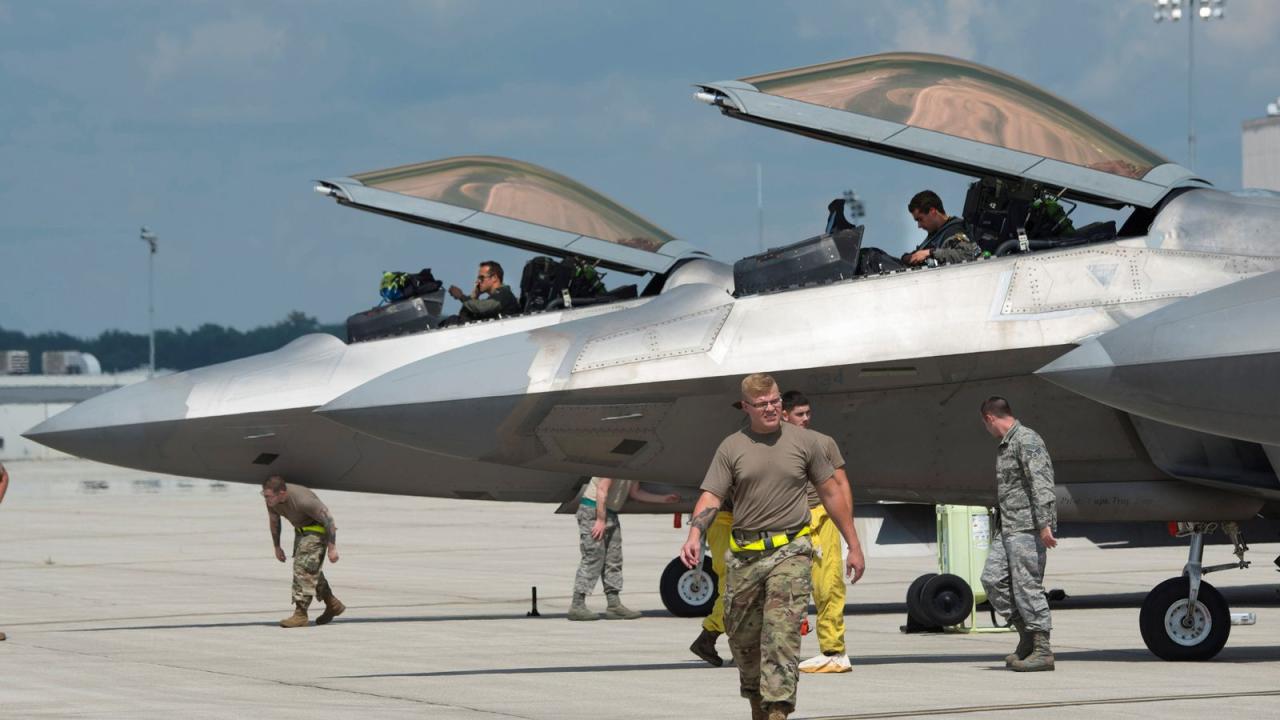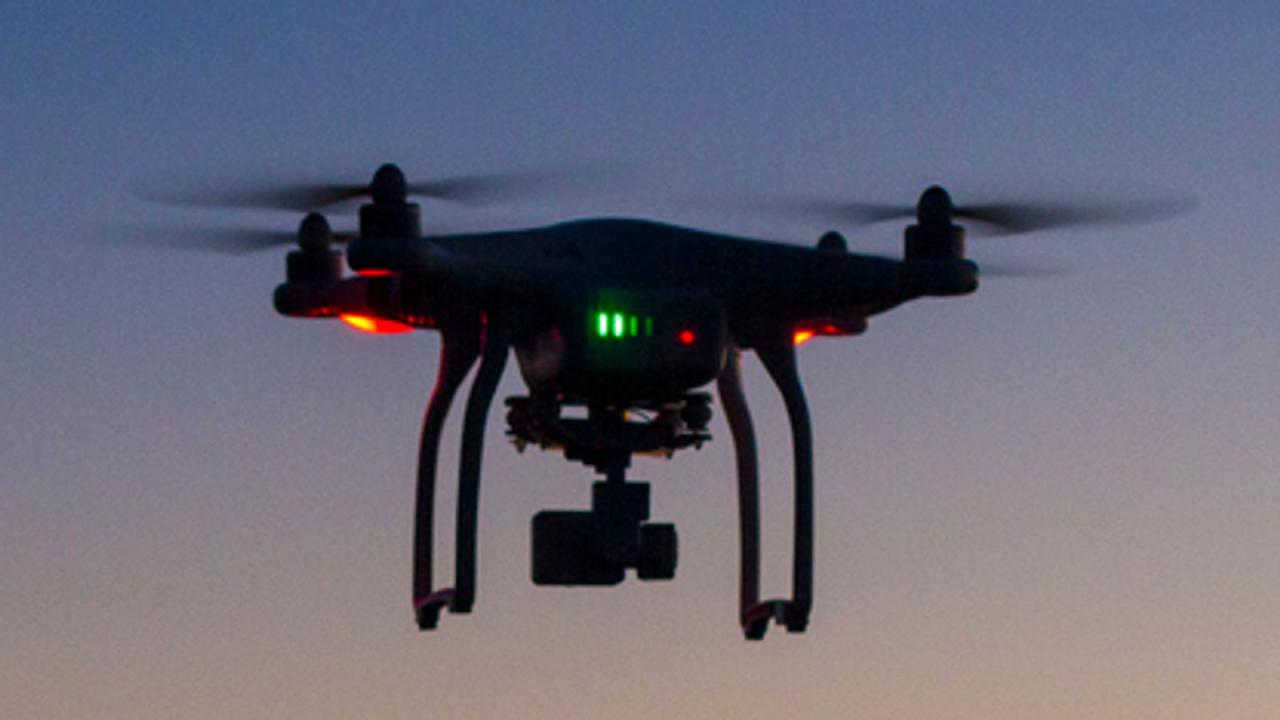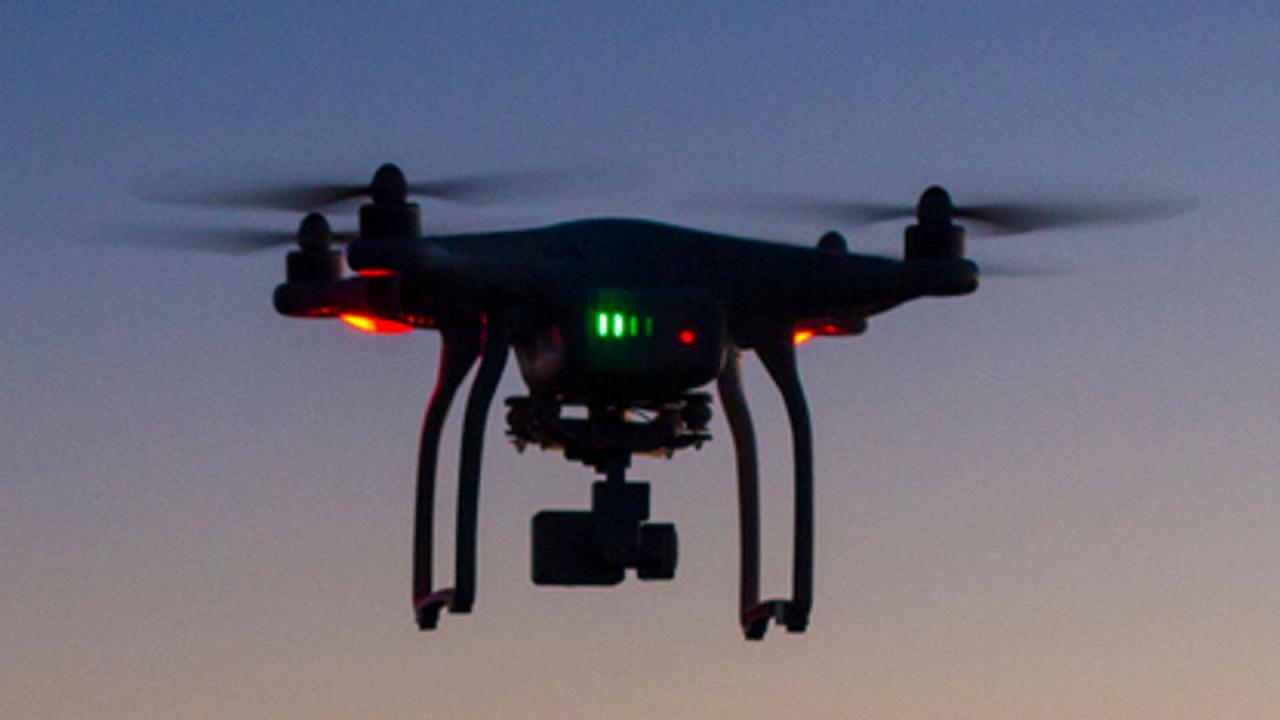Drone sightings around the world are becoming increasingly common, sparking concerns about safety, security, and privacy. From bustling cityscapes to remote rural areas, these unmanned aerial vehicles are impacting various sectors, raising questions about regulation and responsible use. This exploration delves into the global distribution of drone sightings, examining the types of drones involved, the reasons behind their appearances, and the implications for society.
We’ll cover everything from the most frequently sighted drones and their capabilities to the legal frameworks governing their operation across different nations. We’ll also examine the responses to unauthorized drone activity, including the technologies used to detect and counter them. Prepare for a comprehensive overview of this rapidly evolving phenomenon.
Reports of drone sightings are popping up globally, raising concerns about security and privacy. It’s a complex issue, and sometimes figuring out what’s real and what’s not is tricky – kinda like when you’re wondering if a crucial tool like ChatGPT is working, check is chat gpt down to be sure. Anyway, back to drones – the increasing sophistication of these unmanned aerial vehicles presents unique challenges for authorities worldwide.
Global Distribution of Drone Sightings

Drone sightings are a growing global phenomenon, varying significantly in frequency across different regions. Several factors contribute to this uneven distribution, creating a complex picture of drone activity worldwide.
Global Drone Sighting Frequency
A world map visualizing reported drone sightings would show a higher concentration in densely populated areas and regions with significant infrastructure. North America, Europe, and East Asia would likely display the highest frequency, represented by darker shades on the color-coded map. Areas with less developed infrastructure or stricter regulations would show lighter shades, indicating fewer reported sightings. Coastal regions and areas near major airports might also show higher concentrations due to increased surveillance and potential risks.
Top Five Countries with Highest Drone Sightings
| Country | Number of Sightings | Drone Types | Notable Incidents |
|---|---|---|---|
| United States | [Insert estimated number] | Consumer drones (DJI Mavic, etc.), larger commercial drones, hobbyist drones | Near-misses at airports, unauthorized flights over sensitive areas |
| China | [Insert estimated number] | Variety of commercial and consumer drones, including domestically produced models | Incidents involving drones used for smuggling or surveillance |
| United Kingdom | [Insert estimated number] | Primarily consumer drones, some commercial models | Drone sightings near airports and other critical infrastructure |
| Germany | [Insert estimated number] | Mix of consumer and commercial drones | Incidents involving drones interfering with emergency services |
| Japan | [Insert estimated number] | Consumer and commercial drones, including those used in agriculture | Incidents involving drones disrupting air traffic |
Geographical Factors Influencing Drone Sightings
Several geographical factors influence drone sighting frequency. Urban areas with high population density tend to have more sightings due to increased drone usage for various purposes. Proximity to international borders can lead to increased sightings due to potential smuggling activities. Regions with significant infrastructure, such as airports or power plants, are also prone to more sightings, as unauthorized drone flights pose safety risks.
Conversely, remote or rural areas typically have fewer sightings due to lower population density and less drone activity.
Types of Drones Involved in Sightings
Drones involved in reported sightings vary greatly in size, purpose, and technological capabilities. Understanding these differences is crucial for assessing the potential risks and developing effective countermeasures.
Drone sightings are on the rise globally, sparking concerns about privacy and security. If you’re curious about longer words, check out this list of 10 letter words that start with ai – it’s a surprisingly fun distraction from all the drone news! Anyway, back to drones: understanding their increasing prevalence is key to navigating the future of airspace management.
Drone Categorization

- Size: Small consumer drones (e.g., DJI Mavic), medium-sized commercial drones (e.g., DJI Phantom), large industrial drones, and military-grade drones.
- Purpose: Recreational (photography, videography), commercial (delivery, inspection), military (surveillance, reconnaissance).
- Technological Capabilities: Basic flight capabilities, advanced features like obstacle avoidance, thermal imaging, long-range flight, payload carrying capacity.
Consumer vs. Sophisticated Drones
Small consumer drones are generally easier to acquire and operate, making them prevalent in recreational use. However, they lack the advanced features and payload capacity of larger, more sophisticated models often used in concerning incidents. Larger drones can carry heavier payloads (e.g., explosives or surveillance equipment) and often have enhanced flight capabilities, making them a more significant threat.
Key Features of Various Drone Types
| Drone Type | Size | Capabilities | Typical Use |
|---|---|---|---|
| Consumer Drone | Small | Basic flight, camera | Photography, videography, recreational |
| Commercial Drone | Medium | Advanced flight, payload capacity, obstacle avoidance | Delivery, inspection, mapping |
| Industrial Drone | Large | High payload capacity, long flight time, advanced sensors | Infrastructure inspection, construction monitoring |
| Military Drone | Variable | Advanced sensors, weapons systems, long range | Surveillance, reconnaissance, combat |
Reasons Behind Drone Sightings: Drone Sightings Around The World
Drone sightings stem from a variety of reasons, ranging from legitimate commercial applications to illegal activities. Understanding these motivations is vital for implementing effective regulations and security measures.
Reasons for Drone Sightings Categorized
The reasons behind drone sightings can be broadly categorized into four main groups: commercial, recreational, security, and illegal activities. Each category encompasses various uses and potential implications.
Commercial Uses of Drones
Drones are increasingly used in various commercial sectors. In agriculture, drones are used for crop monitoring, spraying pesticides, and assessing crop health. In delivery services, drones offer faster and more efficient delivery options, particularly in remote areas. In the security sector, drones are employed for surveillance, monitoring critical infrastructure, and providing aerial views for security personnel.
Recreational Uses of Drones, Drone sightings around the world
Recreational use of drones is a growing trend, with many individuals using drones for photography, videography, and racing. While generally harmless, recreational drone use can pose risks if not conducted responsibly, such as flying near airports or other restricted areas.
Security and Surveillance
Drones are increasingly utilized for security and surveillance purposes, both by law enforcement agencies and private entities. However, the use of drones for surveillance raises concerns about privacy and potential misuse. Appropriate regulations are crucial to balance the security benefits with privacy protections.
Illegal Activities Involving Drones
Unfortunately, drones can also be used for illegal activities, including smuggling drugs or other contraband, aerial surveillance for criminal purposes, and even attacks on critical infrastructure. These activities necessitate robust counter-drone measures and effective law enforcement.
Impact and Implications of Drone Sightings
Unauthorized drone flights near airports or critical infrastructure pose significant safety risks and can cause substantial disruptions. The legal and regulatory frameworks surrounding drone operation vary considerably across countries, presenting challenges in ensuring safe and responsible drone use.
Safety Risks and Disruptions
Unauthorized drone flights near airports can cause significant disruptions to air traffic, potentially leading to delays, diversions, and even accidents. Similarly, drones flying near critical infrastructure, such as power plants or nuclear facilities, pose a security risk and could lead to serious damage or disruption of essential services. The potential for drones to be used maliciously, such as carrying explosives, adds another layer of concern.
Legal and Regulatory Frameworks
Legal and regulatory frameworks governing drone operation vary considerably worldwide. Some countries have comprehensive regulations, including licensing requirements, airspace restrictions, and penalties for unauthorized flights. Other countries have less stringent regulations, leading to inconsistencies and challenges in enforcing safe drone operation. Harmonizing international regulations is crucial for addressing the global challenges posed by drone technology.
Societal Implications
The widespread use of drones has significant societal implications, particularly regarding privacy concerns. The ability of drones to capture high-resolution images and videos raises concerns about unauthorized surveillance and potential misuse of personal information. Balancing the benefits of drone technology with the need to protect individual privacy is a major challenge for policymakers and society as a whole.
Responses to Drone Sightings

Authorities employ various methods to detect and respond to unauthorized drone activity, ranging from visual observation to advanced counter-drone technologies. The effectiveness of these methods varies depending on the type of drone, the environment, and the resources available.
Methods of Detection and Response
Methods for detecting unauthorized drones include visual observation, radar systems, radio frequency detection, and acoustic sensors. Responses range from issuing warnings to deploying counter-drone technologies, such as jamming systems or net guns. The specific response strategy depends on the perceived threat level and the available resources.
Effectiveness of Counter-Drone Technologies
The effectiveness of counter-drone technologies varies. Jamming systems can disrupt drone communication and control, but they may also interfere with other electronic devices. Net guns can physically capture drones, but they are not always effective against fast-moving or agile drones. Other technologies, such as directed energy weapons, are under development and may offer more effective solutions in the future.
Procedure for Handling a Drone Sighting
A flowchart illustrating the typical procedure for handling a reported drone sighting would begin with initial detection (visual sighting, sensor alert). This would be followed by confirmation of the sighting, assessment of the threat level, and notification of relevant authorities. The response would then be determined based on the threat level, followed by documentation of the incident and investigation, if necessary.
The final step would be resolution and follow-up actions.
Closure
The proliferation of drones globally presents a complex challenge. While offering significant benefits in various industries, their potential for misuse necessitates a proactive and adaptable approach to regulation and enforcement. Understanding the global landscape of drone sightings, the diverse types of drones involved, and the motivations behind their deployment is crucial for mitigating risks and harnessing the positive potential of this technology.
Continued monitoring, technological advancements in detection and countermeasures, and international cooperation are essential to navigate the future of drone technology responsibly.
Helpful Answers
What are the penalties for illegal drone operation?
Penalties vary significantly by country and the severity of the violation. They can range from fines to imprisonment, depending on factors like location of the flight (near airports, etc.) and intent.
With drone sightings increasing globally, from hobbyists to potential security threats, it’s important to understand the tech involved. One example of a drone gaining popularity is the e88 drone , which highlights the accessibility and diverse applications of this technology. Understanding these various drones helps us better interpret and respond to the growing number of sightings worldwide.
How can I report a suspicious drone sighting?
Contact your local law enforcement or aviation authorities. Many countries have specific reporting mechanisms for unauthorized drone activity.
What are some common legitimate uses of drones?
Legitimate uses include aerial photography, infrastructure inspection, agriculture (crop monitoring), delivery services, search and rescue operations, and scientific research.
Are all drones equally dangerous?
No. Small consumer drones pose a relatively low risk compared to larger, more sophisticated models capable of carrying heavier payloads or possessing advanced features.
